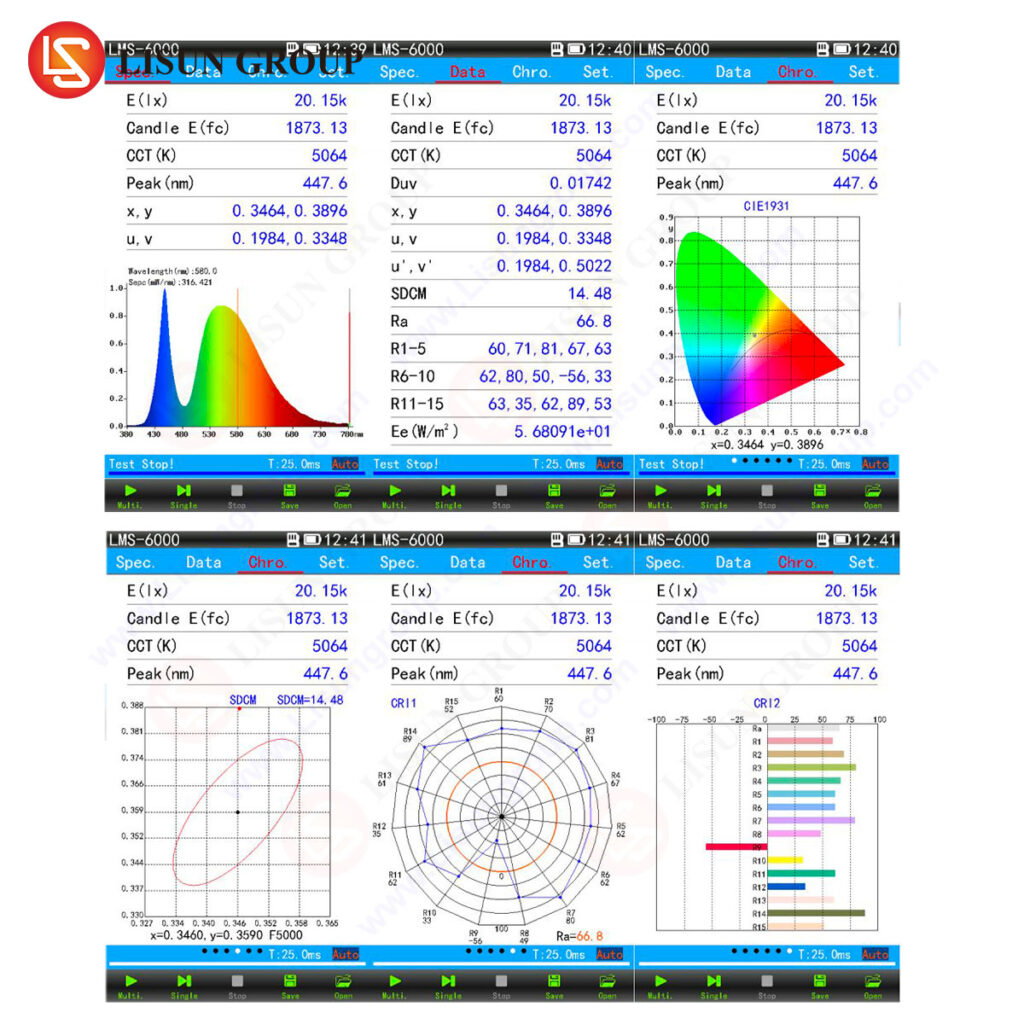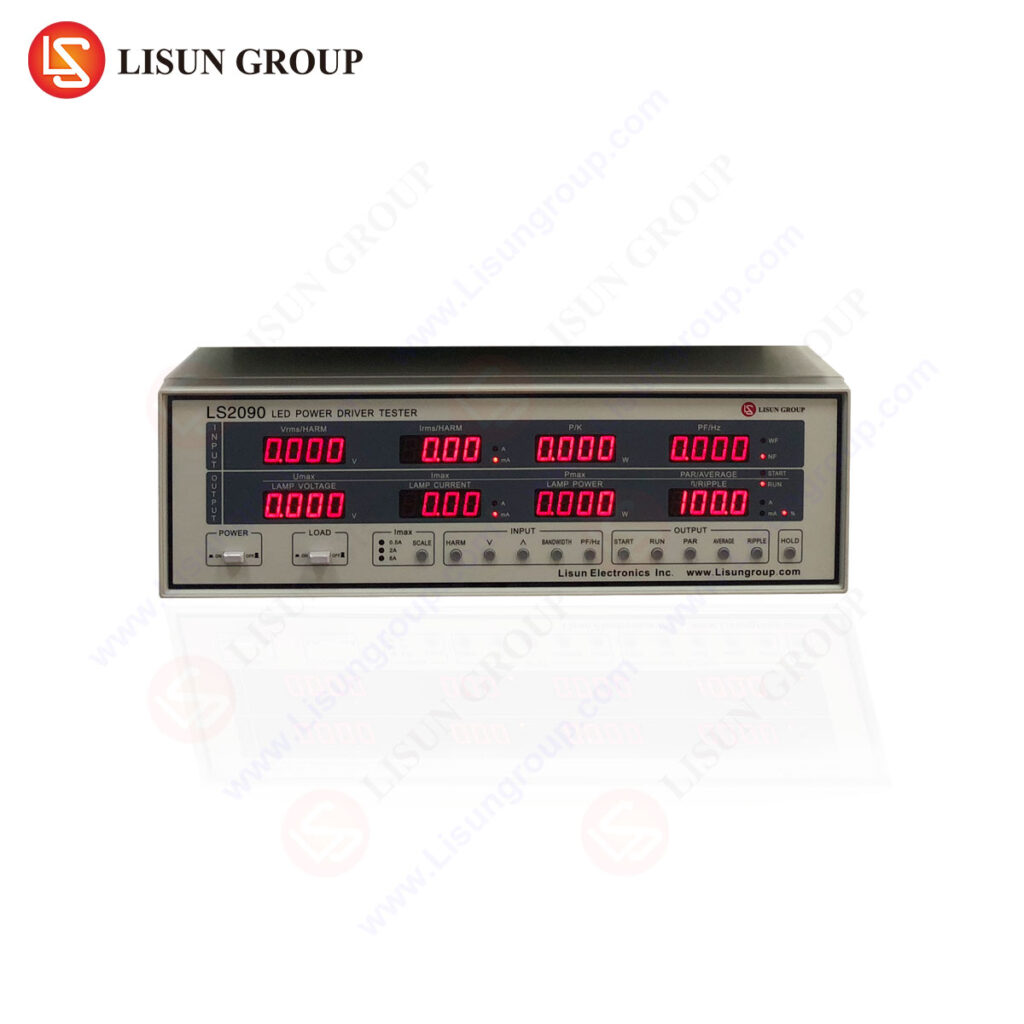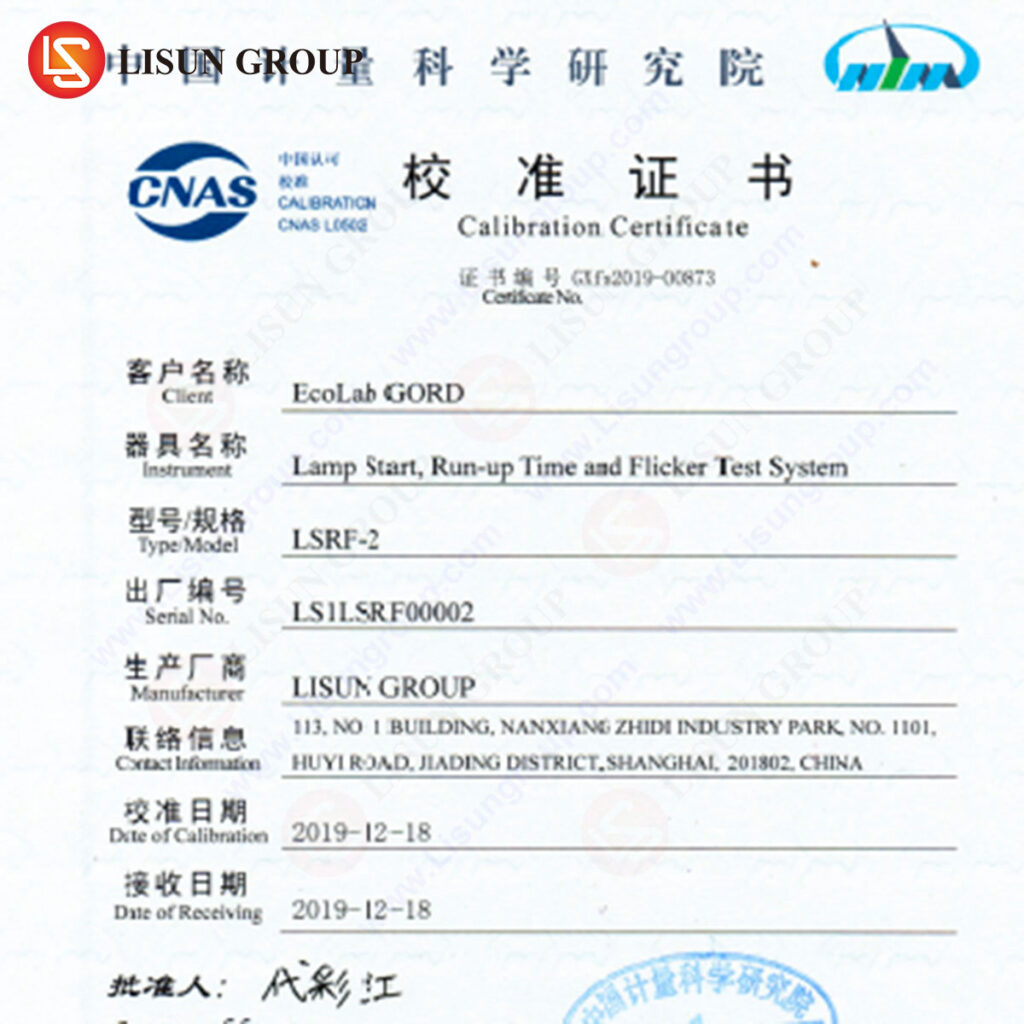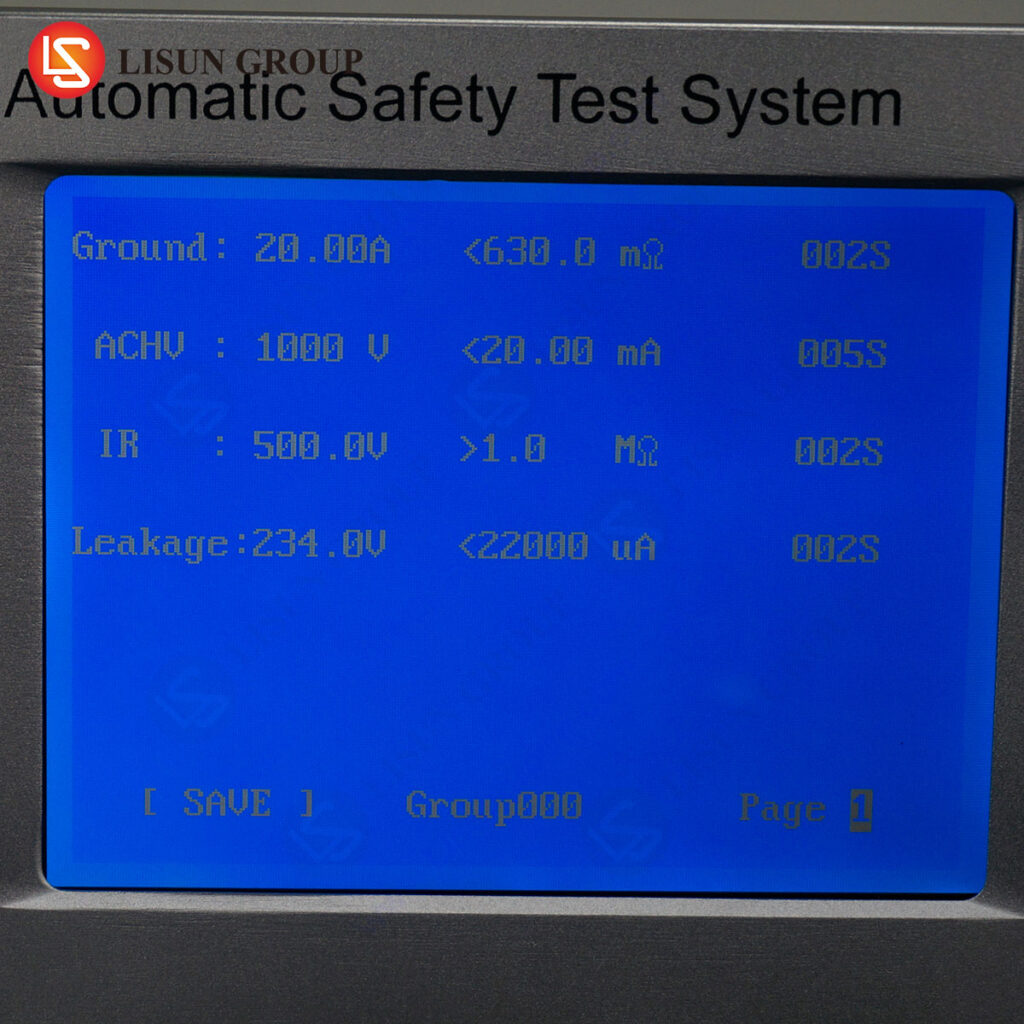Introduction to LED Testing with chroma meter
LED testing with a chroma meter is a process used to measure the color accuracy of LED luminaires. This process is important for ensuring that the LED luminaires are producing the desired color output. Chroma meters are used to measure the color temperature, color rendering index (CRI), and other color parameters of LED luminaires. This guide will provide an overview of LED testing with a chroma meter, including the types of chroma meters available, the steps involved in the testing process, and the benefits of LED testing with a chroma meter.
Types of Chroma Meters
There are several types of chroma meters available for LED testing. The most common type is a Spectroradiometer, which measures the spectral power distribution of light sources. This type of chroma meter is used to measure the color temperature, CRI, and other color parameters of LED luminaires. Other types of chroma meters include colorimeters, which measure the color of light sources, and lux meters, which measure the intensity of light sources.
Steps Involved in LED Testing with a Chroma Meter
The steps involved in LED testing with a chroma meter are relatively straightforward. First, the LED luminaire must be set up in a test environment. This environment should be free from any external light sources that could affect the results of the test. Once the luminaire is set up, the chroma meter can be used to measure the color temperature, CRI, and other color parameters of the LED luminaire. The results of the test can then be compared to the desired color output of the LED luminaire.
Benefits of LED Testing with a Chroma Meter
LED testing with a chroma meter provides several benefits. First, it ensures that the LED luminaire is producing the desired color output. This is important for ensuring that the LED luminaire is producing the desired effect. Additionally, LED testing with a chroma meter can help to identify any potential issues with the LED luminaire, such as color shifts or color fading. Finally, LED testing with a chroma meter can help to ensure that the LED luminaire is compliant with industry standards and regulations.
FAQs
Q: What is LED testing with a chroma meter?
A: LED testing with a chroma meter is a process used to measure the color accuracy of LED luminaires. This process is important for ensuring that the LED luminaire is producing the desired color output.
Q: What types of chroma meters are available for LED testing?
A: The most common type of chroma meter used for LED testing is a spectroradiometer. Other types of chroma meters include colorimeters and lux meters.
Q: What are the benefits of LED testing with a chroma meter?
A: LED testing with a chroma meter provides several benefits, including ensuring that the LED luminaire is producing the desired color output, identifying any potential issues with the LED luminaire, and ensuring that the LED luminaire is compliant with industry standards and regulations.
Conclusion
LED testing with a chroma meter is an important process for ensuring that LED luminaires are producing the desired color output. There are several types of chroma meters available for LED testing, and the steps involved in the testing process are relatively straightforward. Additionally, LED testing with a chroma meter provides several benefits, including ensuring that the LED luminaire is producing the desired color output, identifying any potential issues with the LED luminaire, and ensuring that the LED luminaire is compliant with industry standards and regulations.







